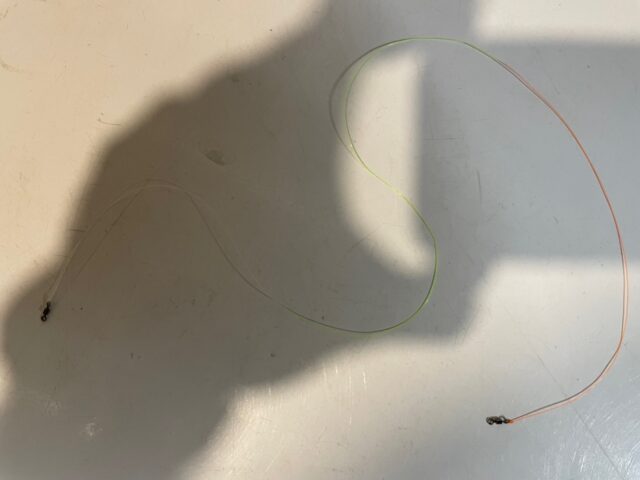
I’ve found success Euronymphing using a three-foot section of sighter material with small barrel swivels on each end. I’ll quickly explain the rig here and my experience with it. While I’m certainly not the first to use barrel swivels while fly fishing, I haven’t found many other online posters using this method.
The formula is simple: three feet or so of your favorite multi-colored sighter material, with each end tied to the smallest barrel swivel you can find. Then one end goes to your leader and three to five feet of 4x-7x tippet goes on the other end. Yes, you could use a tippet ting, but the whole point of the barrel swivel is that it’s easier to reuse, less fiddly to tie on, and decreases tangles.
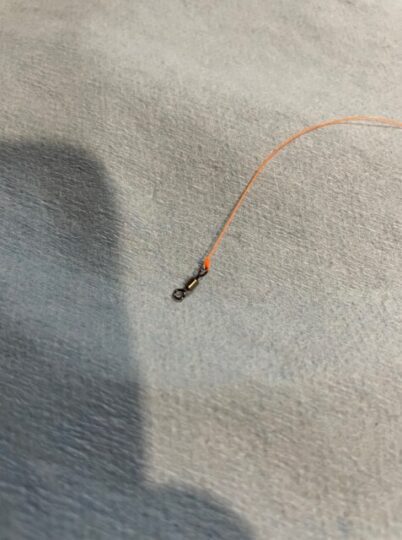
I’ve been using an old spool of Orvis 0x sighter material and SPRO Power Swivels in size 10, but your favorite brands will work just fine. Here are referral links if you want to get shopping today:
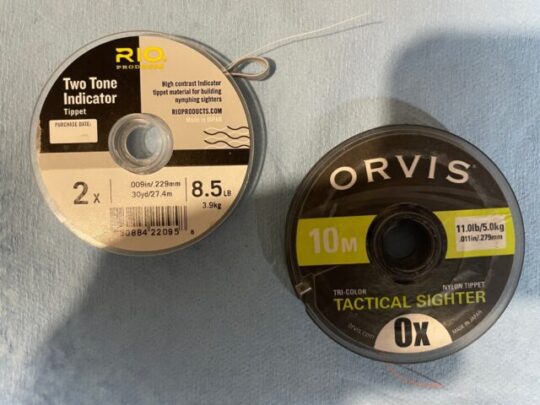
The swivel is much easier to handle and rig than a tippet ring. I should credit the gentleman working at one of the old Orvis stores outside Boston a few years ago for turning me onto this. Sure enough, Scientific Anglers even sells micro swivels these days, though they are not marketed for nymphing purposes.
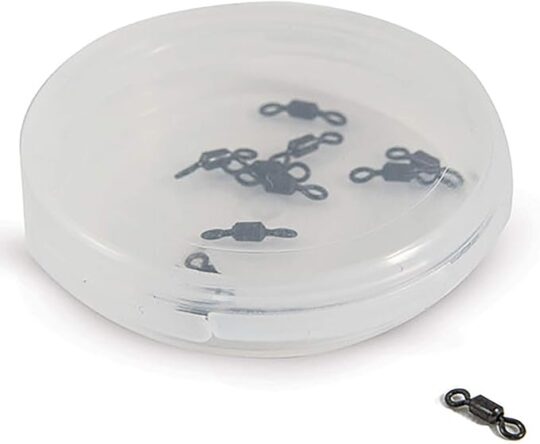
For my rig, I snip the sighter so that it’s orange at one end and a different color like white at the other, and then use a clinch knot to tie on the swivel. I keep this small piece of tackle in my pack and can tie it on whenever I want to switch to a tightline setup. I don’t even worry about using a different butt section or leader – this rig can easily tie on to whatever you’re already using. I know that there are custom micro leaders and mono rigs for advanced users, but my easy on/easy off swivel rig has worked well for me so far.
I’m late to the game with Euronymphing. I was intimated by the leader formulas and specialized rods. I had confidence using bobber style indicators and split shot and didn’t feel a need to experiment. But this past July I was lucky enough to have several days fishing in Western Montana and decided it was time to give Euronymphing a real shot. I was blown away with the success I had and am excited to try it again.
I used my usual 10 ft. #4 rod which worked well. That extra 12 inches over a 9 ft. rod really does make a difference for nymphing. Having the right flies certainly helped. The magic fly was a #12 or #14 Perdigon fished with either a stonefly or midge imitation below. It’s hard to deny that a heavily weighted tungsten Perdigon or Frenchie fished as part of a Euronymphing setup is the most effective way to hook trout in traditional shallow moving water situations.
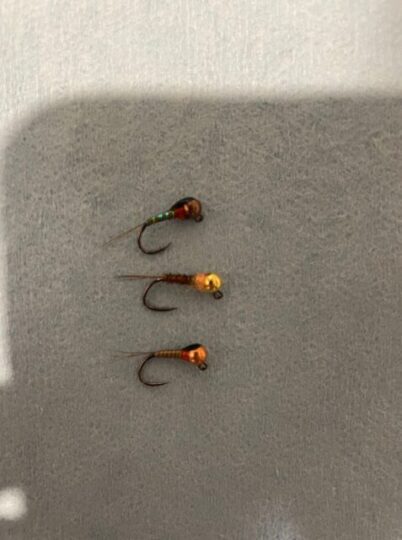
I booked a day at DePuy Spring Creek, and while I won’t go into the full details of my morning there, I was thrilled to hook fish in the few areas of quick moving water flowing out of culverts and around bends. The Barrel Swivel Sighter worked wonders there and in some other locations. I even had my novice angler friend try it and he hooked a whitefish on about his third cast.
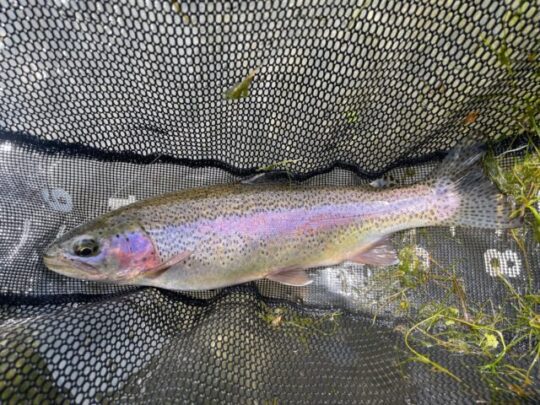
Western trout rivers, with their large sections of uniform two to four foot deep water, are perfect for Euronymphing. Many freestone streams in the northeast are more varied, with deep and shallow sections, pools, and turns. However, I’m going to challenge myself to try Euronymphing in more places even when it’s not that perfect depth and river bottom contour featured in so many parts of the Rocky Mountains.
Euronymphing is controversial, which I think is silly. I don’t make fun of how other anglers fish, whether they’re chucking treble hooks, soaking bait, or using a fly I’ve never heard of. If you’re like me and have patiently listened to tightliners talk about all the trout they’ve been pestering but never actually spent a day doing it, I hope that my barrel swivel sighter makes your first outing a good one.
Discover more from BlogFlyFish.com
Subscribe to get the latest posts sent to your email.

I have played around with the micro swivels from SA and went back to just plain tippet rings, frankly I just didn’t see a big benefit. They do seem to capture some more flotsam on dirtier rivers. I found them to be slightly difficult to hold steady while threading new tippet into the ring, which is happens more when you are dredging the bottom in this style of fishing. Your method with swivels on both sides of the sighter is interesting, but keep in mind that it seems to add another knot into your leader system which could be another point of weakness. But I can see how it would be helpful if you don’t have a dedicated rig and would switch up from ‘traditional’ to euro-nymphing stream side. I have heard the swivels are helpful when using a jig style fly, but I have no experience using that style fly.
Thanks for reading Greg, good feedback. I agree that the knot from the bottom swivel to the light tippet is another knot in the system, but the knot to the top swivel shouldn’t be a concern as the leader material attaching to it can be as heavy as you like. My limited knowledge of other euro leaders indicates that there are a similar number of knots in those systems anyway.
I see what you mean about capturing flotsam, i.e. that the bottom swivel traveling at or just below the surface of the water might capture some weed.
Jig style flies are great, less likely to snag bottom. There are no rules in fly fishing, whatever works for you and that you have confidence in!
Nice post!
It’s an interesting idea that I may try, perhaps only one swivel initially, at the top end of the sighter I think. Also, I have switched to Uni knots in lieu of clinch knots on my tippet rings. They seem to hold a little better for me.
I use micro swivels in my stillwater indicator rigs, and I’m tying up euro nymph leaders for a trip to the Rapid River in Maine. Works like a charm. I did a video on the whole setup. https://youtu.be/0U4ydYFmHn8
Thanks for the comment Michael. I started watching your video. Have a great trip to the Rapid. I wrote a couple posts on this blog that you might find helpful. Have you found them yet?